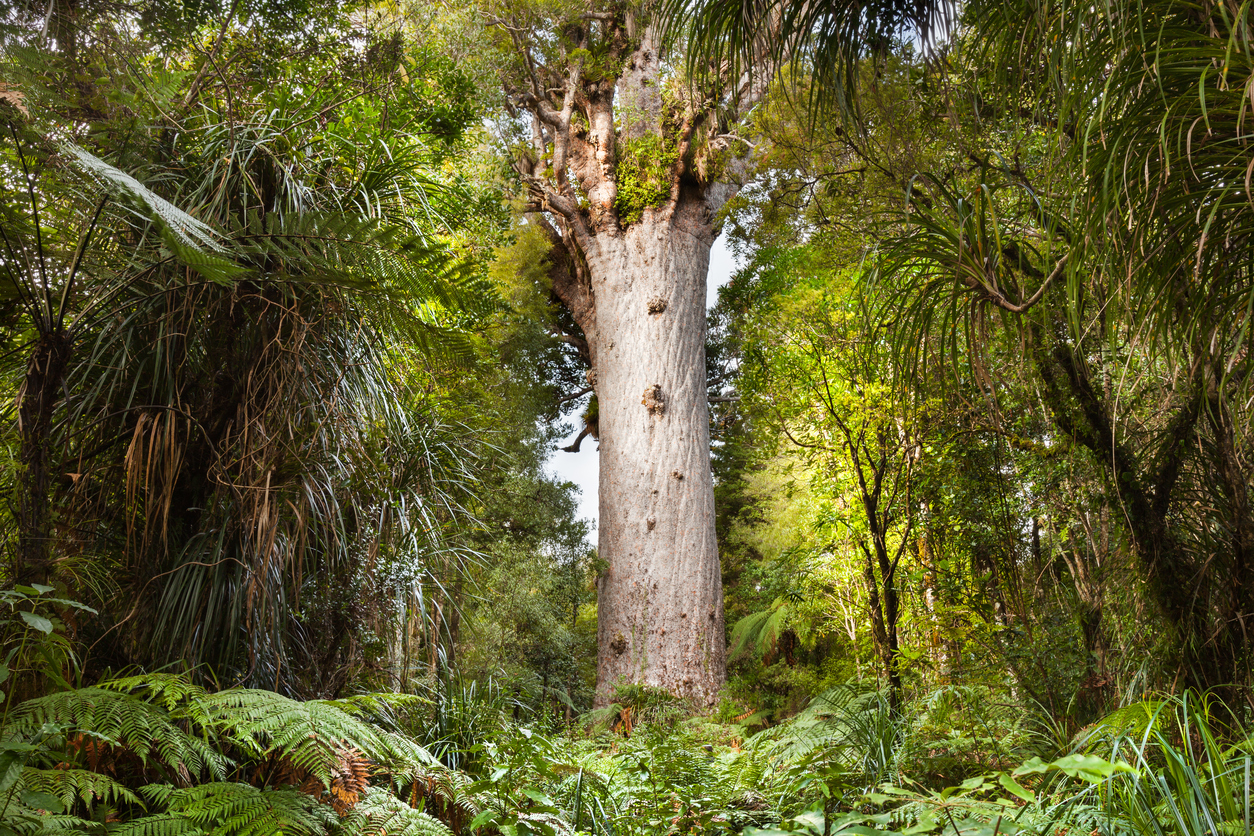The Government has today announced a funding increase of $13.75 million over three years for research to combat the spread of kauri dieback and myrtle rust.
The investment will be used to focus and accelerate the work already being done by Government agencies, councils, research providers, Māori and interest groups. The BioHeritage Challenge – one of the National Science Challenges – will receive the funding to conduct the research.
The SMC asked experts to comment on the announcement. Note: the BioHeritage Challenge has done its own media release on the announcement.
Dr Nari Williams, Forest Pathologist, Scion, comments:
“The funding announcement by Hon Dr Megan Woods is a step in the right direction to enable the research needed to improve management of kauri dieback. The funding will certainly help progress critical areas of applied research identified as being urgently needed during recent science and public workshops.
“We need to be doing the research to directly address the uncertainties faced on the ground. I am hopeful scientists, land managers and community groups can work more closely in a collective effort to improve management and response to kauri dieback.
“I believe that the Biological Heritage National Science Challenge is the appropriate body to oversee this funding given the broad expertise of its membership and its goals of protecting and restoring our environment. I also agree with the Minister that more funding over a longer time frame will be needed for both on-ground management and accompanying research if we are to be successful in reducing the harm caused by both kauri dieback and myrtle rust.”
Dr Phillip Wilcox, Senior Lecturer, Department of Mathematics and Statistics, University of Otago, comments:
“Although the additional funding is welcome, the dearth of cost-effective management strategies for both of these diseases – despite significant research effort particularly on kauri dieback disease – is a salutary reminder that this extra funding will not guarantee that these threats will be effectively addressed.
“In addition, research efforts in both diseases have tended to be captured by specific entities that have not effectively engaged New Zealand’s full suite of capabilities in either Te Ao Māori or science.
“Visionary and highly collaborative leadership is therefore crucial to ensure that this additional funding is efficiently utilised and engages all available capability within New Zealand and overseas. ”
No conflict of interest declared.
Dr Amanda Black, Principal Research Officer, BioProtection Research Centre, Lincoln University, comments:
“Minister Wood’s announcement of extra funding for critical biosecurity issues facing our taonga species such as kauri and pōhutukawa comes as a welcome and very timely relief.
“The situation facing kauri in particular is dire and we lack fundamental knowledge about the pathogen’s biology, its whereabouts in the landscape and tools to manage the disease. The only tool we have at present is interim forest closures in conjunction with pest management.
“While this isn’t a huge amount of money compared to what is spent developing agrichemicals – it is a step in the right direction. For example, on average it takes 11 years and $268 million to develop and launch a new agrichemical to protect a crop, compared to the $12 million for both kauri die back and myrtle rust over 5 years.
“While the amount of money available for research was one issue, the other main issue hindering progress was the disjointed nature of the research and research groups to date, which is why it is great to see that the Biological Heritage National Science Challenge (BHNSC) leadership team will develop an SSIF platform plan.
“This will help in the development of much-needed tools to save our forests, by providing clear and strategic oversight of what needs to be done.
“Led by Dr Nick Waipara, the BHNSC strategy team is ideally placed to oversee the development of a core group of people to lead the high level work plan. This gives me hope for the future of our forests.”
Conflict of interest statement: I was contracted to the BioHeritage National Science Challenge between 2015-2017 and currently work with and know personally both Nick Waipara and Melanie Mark-Shadbolt. I also research kauri dieback issues.
